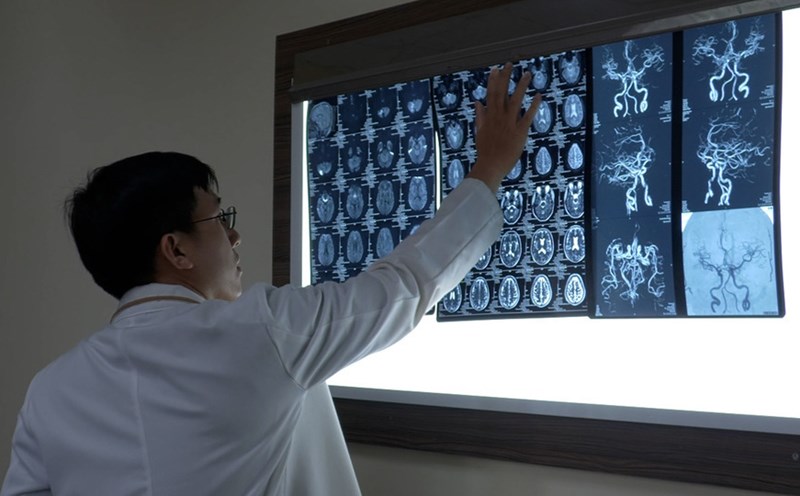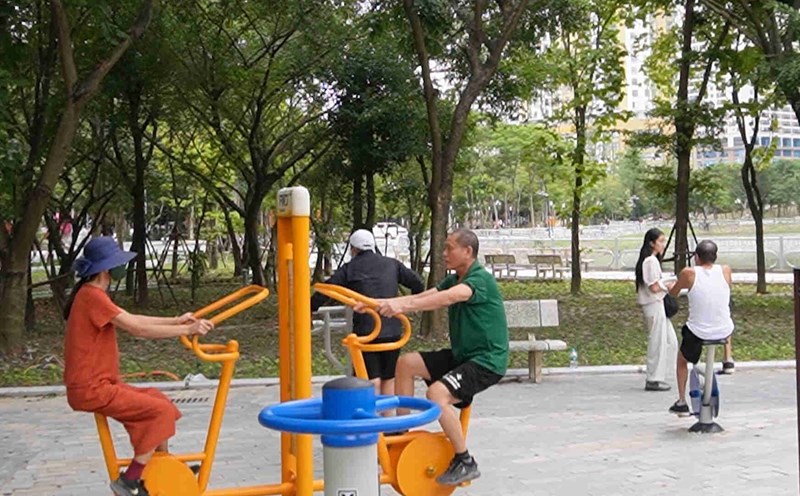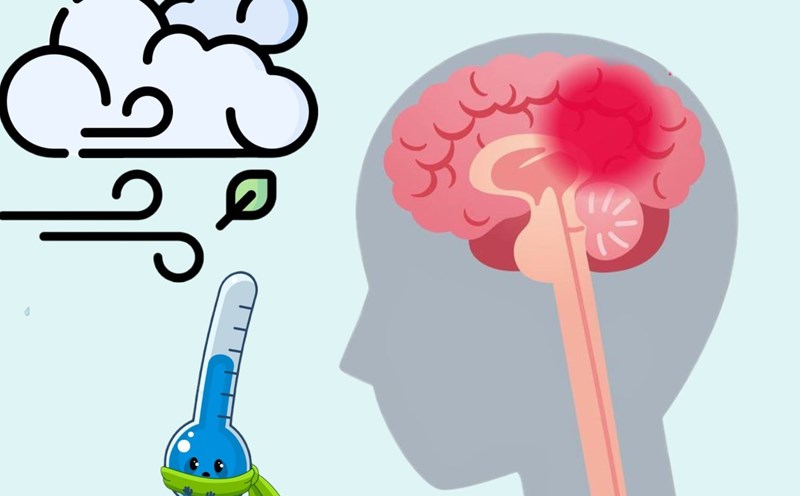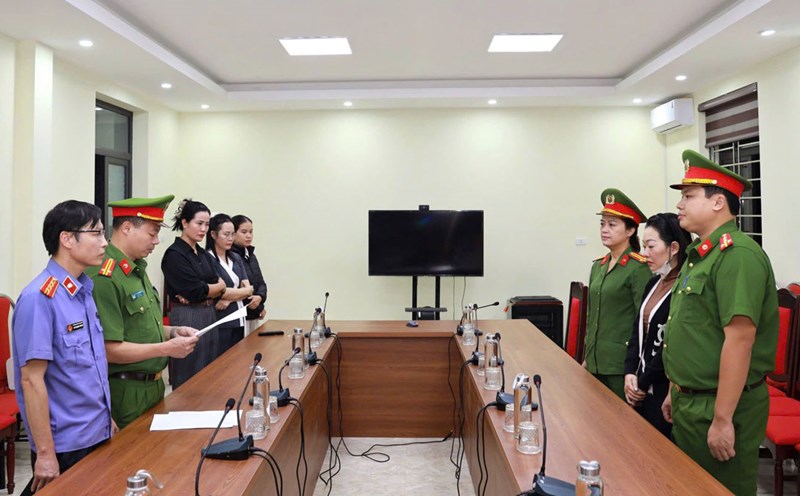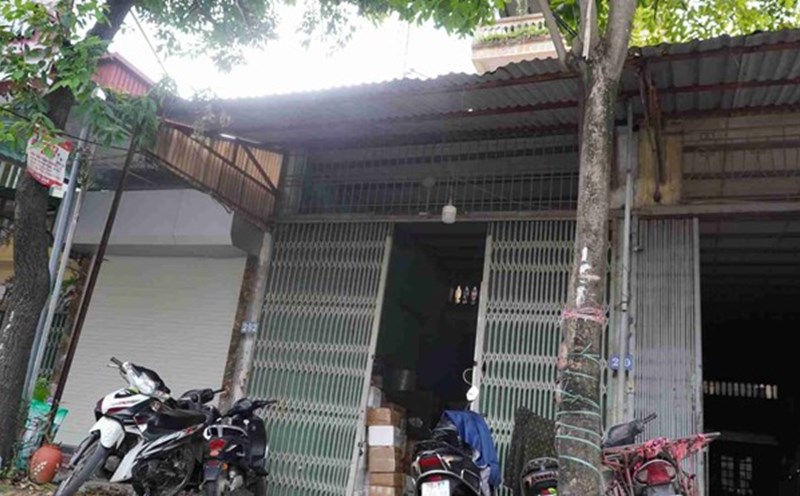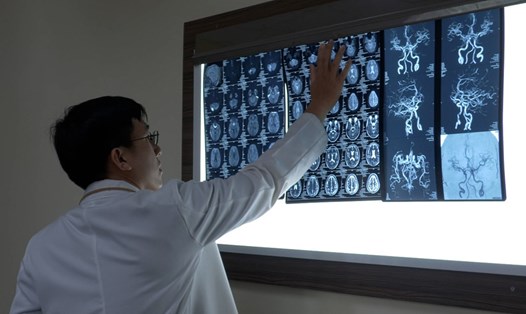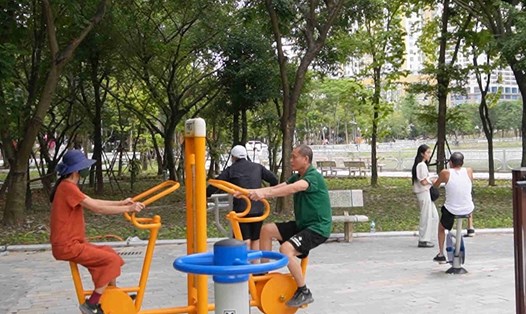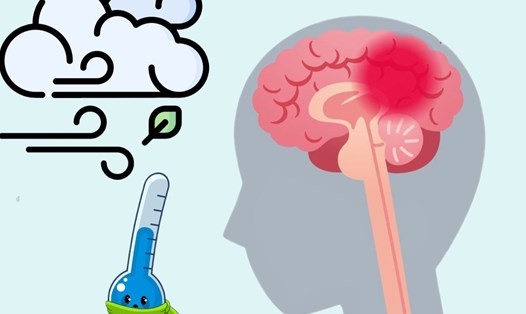In the midst of that person, Nguyen Minh Duc - 32 years old, a technology engineer - quietly held the results. The doctor said he was at high risk due to being often up late, smoking and lack of exercise. I think stroke only happens to the elderly, now it is too scary, Duc said, after being advised by a doctor to change lifestyle.
Duc's story is no longer rare. In Vietnam, there are nearly 200,000 new stroke cases each year, of which thousands of patients are under the age of 40. That number has increased steadily in the past 5 years. Prof. Dr. Tran Van Thuan, Deputy Minister of Health warned: Slyge is no longer a disease of the elderly. More and more young people are facing the risk of death or disability due to subjectivity and unhealthy lifestyles.
A stroke (or cerebral vascular accident) occurs when the blood flow to the brain is suddenly interrupted, causing brain cells to die in just a few minutes. Previously, the 60-70 age group accounted for the highest rate, but many hospitals now record patients aged 25-35 admitted to the hospital in serious condition.
The reason does not come from genetics or underlying diseases, but much of it lies in modern lifestyle: Eating erratically, eating a lot of fat, being sedentary, prolonged stress, smoking, overusing alcohol and staying up late. Office workers, technology workers or long-distance drivers... are all at high risk due to lack of exercise, work pressure and the habit of sitting for long periods.
A study by the Hanoi Stroke Association shows that: 70% of young people with stroke have at least one manageable risk factor - such as high blood pressure, high blood fat or diabetes without knowing it. Lack of awareness causes many people to ignore early warning signs: Severe headaches, mouth damage, weak limbs, slurred speech - thinking that it is just temporary fatigue.
The National Stroke Prevention and Management Program recently launched by the Ministry of Health and the Vietnam Young Physicians Association is a concrete step to "transform from treatment to disease prevention". During the launching ceremony, more than 1,000 people were screened for free: Measuring blood pressure, blood sugar, xenonadism and personalized consultation. For the first time, artificial intelligence (AI) has been applied to analyze data and build a map of stroke risk in the community - helping to identify high-risk groups.
This shows that technology is not only a tool of modern medicine but also a "companion" in health prevention. AI will help doctors identify risks early, help people receive correct advice, take timely action and significantly reduce the number of deaths.
However, technology only supports. The core is still changing your lifestyle: Regular health check-ups, maintaining a reasonable weight, exercising at least 30 minutes a day, eating lots of green vegetables, limiting alcohol and quitting smoking. Management of blood pressure, blood fat and blood sugar should be considered a regular habit, not waiting until symptoms appear.
Stroke can happen at any time, to anyone. But it can be completely prevented if people proactively control the risk and have early recognition knowledge. Doctors recommend that people remember the FAST: Face, Arm ( Weakness of arms), Speech (Sorry, speak difficult), Time (Golden Time - call for emergency care immediately).
If taken to the hospital in the first 3-4.5 hours, the chance of recovery is almost complete.
Stroke does not leave anyone, and it is not surprising if we live unscientifically. In the midst of a life of urgency, the reminder " sleep enough, eat well, and exercise well" seems simple, but it is the most valuable vaccine against silent death called stroke.

